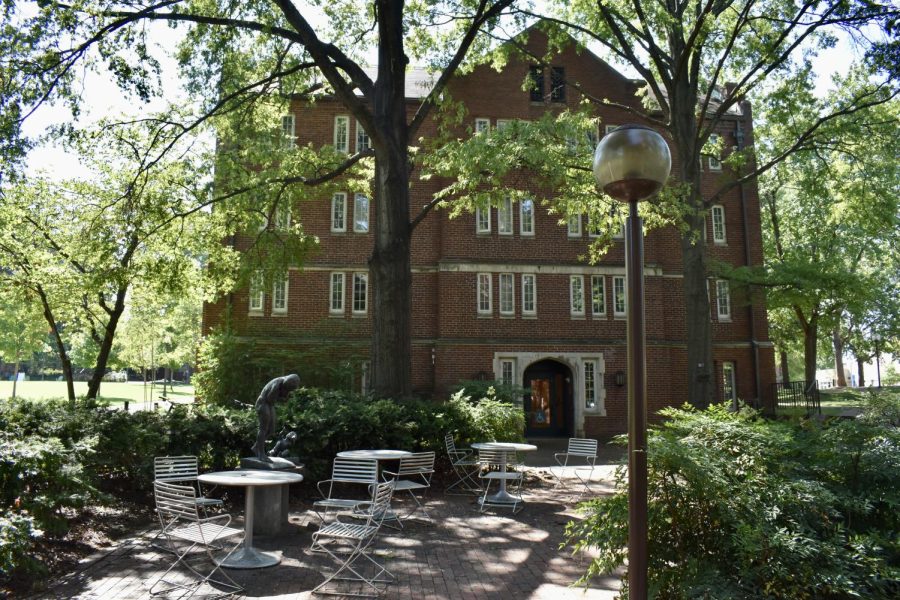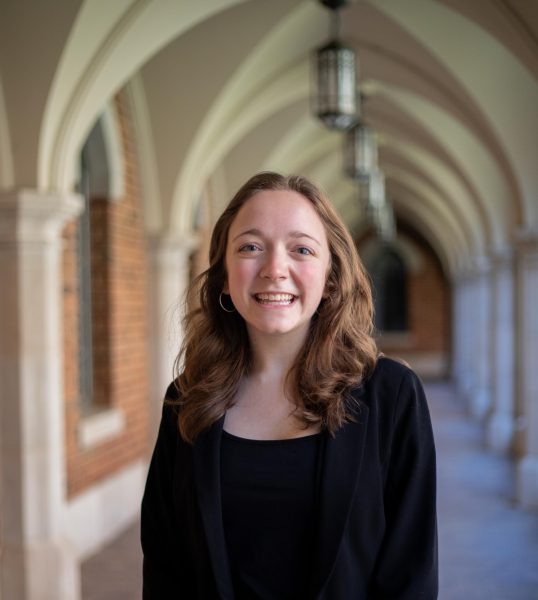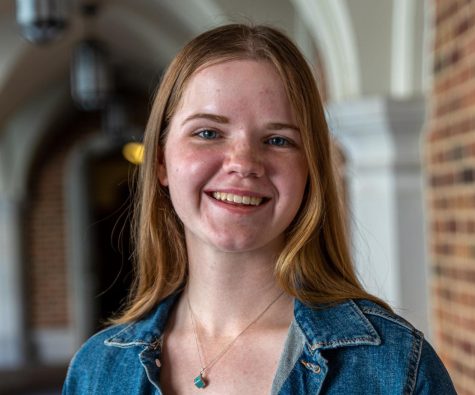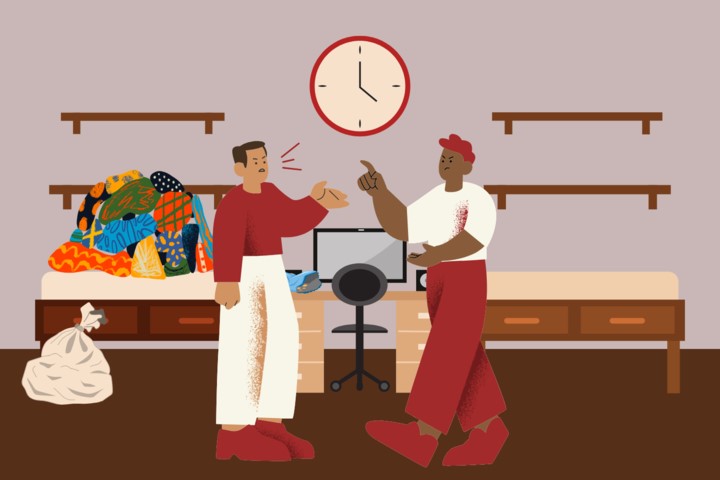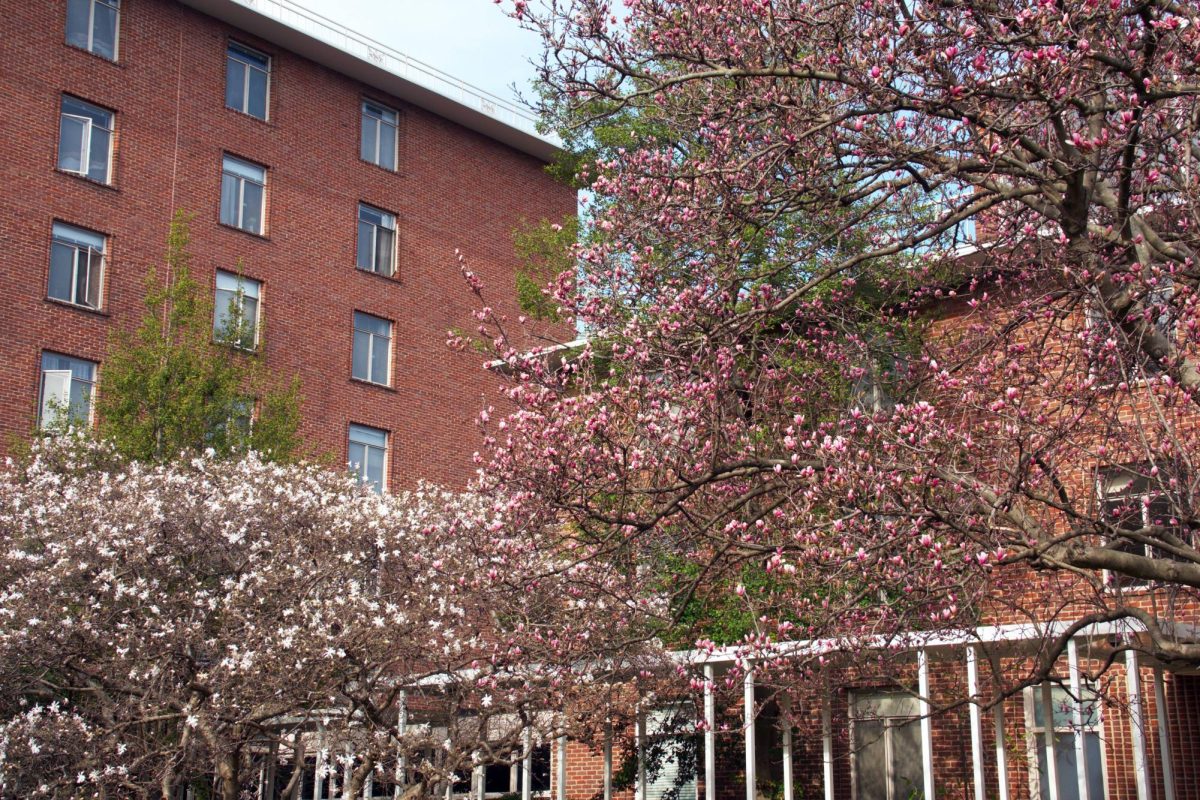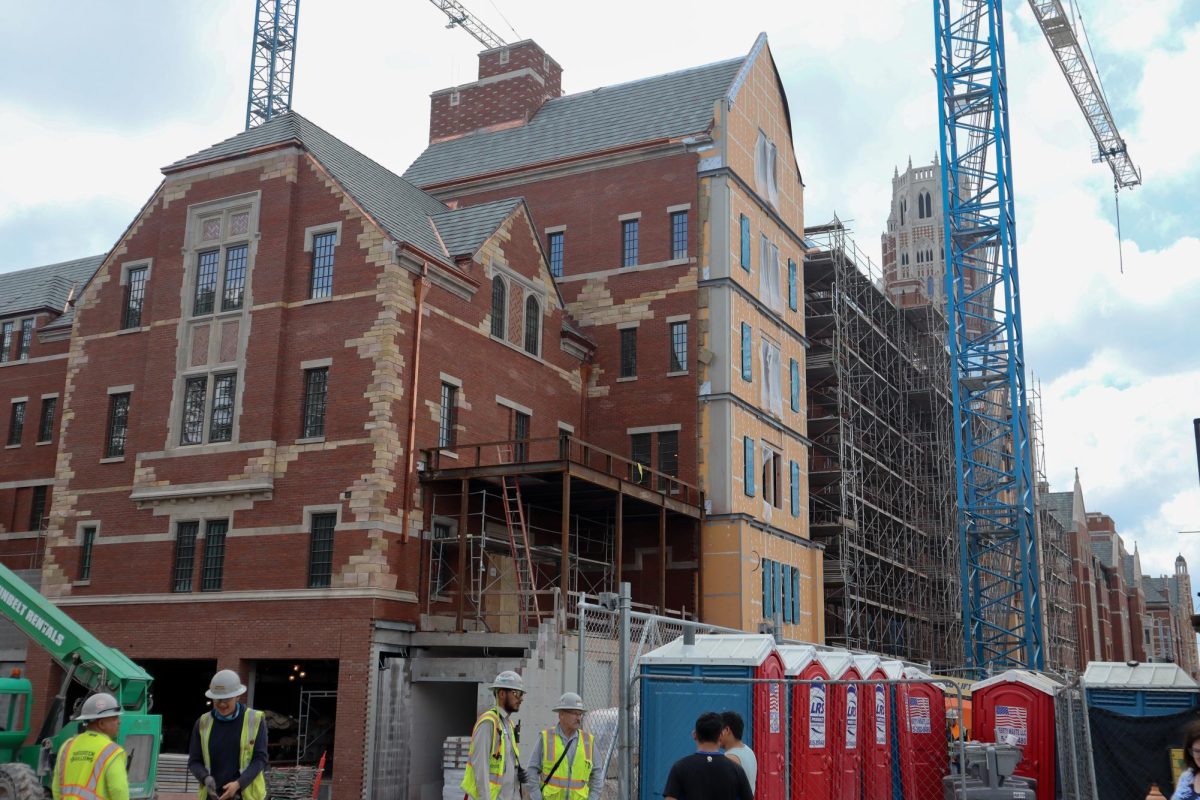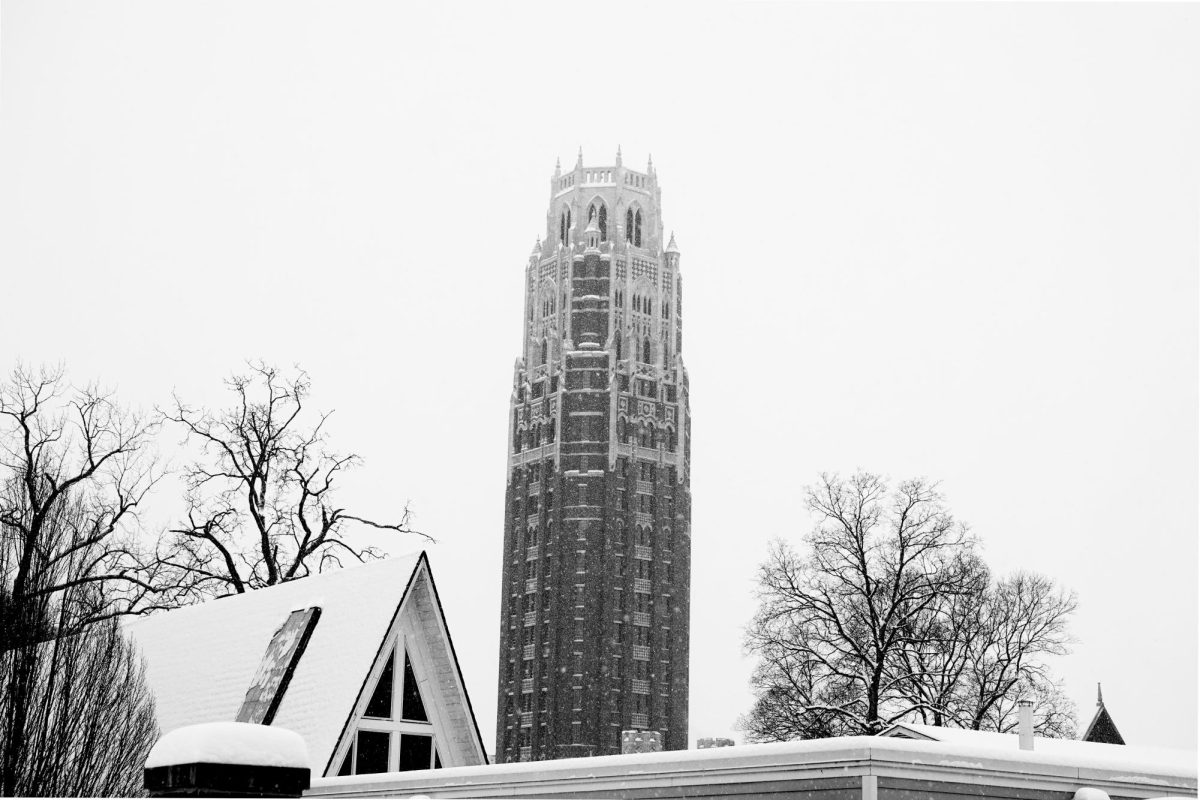CORRECTION: This article was corrected on Aug. 31, 2022. It previously stated that 7% of juniors are living off campus, but it has been corrected to state that 7% of off-campus students are juniors.
CORRECTION: This article was corrected on Dec. 8, 2022. It previously stated that 25% of juniors are living off campus in 2019-20, but it has been corrected to state that 25% of off-campus students are juniors. It also previously stated that 36% of juniors lived off-campus in 2021-22, but it has been corrected to state that 36% of off-campus students were juniors.
The 2022-23 housing process included changes to the residential college and off-campus housing lotteries and additions to campus housing options. These changes resulted in different distributions of students across housing styles and were met with some backlash from the student body.
In past years, students were permitted to remain in the same residential college each year and an equal percentage of each class lived in residential colleges. These rules were eliminated for the 2022-23 housing process and only students who lived in a residential college during the 2020-21 school year could exercise “returner privilege.” Similar to the 2021-22 housing process, this year’s process was seniority based.
With the opening of Rothschild College this fall, there are now over 1,650 residential college beds available on campus, according to a university representative who spoke on behalf of the Office of Housing and Residential Experience (OHARE).
“The elimination of the class cohort quotas is due to the increased number of residential college beds in the housing inventory. We are now in a position to allow seniority to drive the process while still providing opportunities for students from all class cohorts to secure spaces,” the university representative said in a June 20 email to The Hustler.
The results of the 2022-23 housing process reflect these changes. Seniors make up 48% of residential college residents, juniors make up 37% and sophomores make up 15%. Under the former housing system, 33% of residential college occupants were from each class, excluding first-years.
“Even with the highest number of residential college beds than we have had in the past available for assignment, the demand for these spaces well exceeds the available supply,” OHARE said. “Rising 3rd- and 4th-year students tend to have similar housing desires; however, the majority of these spaces tend to be secured by rising 4th-year students who have the highest level of seniority in the process.”
The Class of 2023 also makes up 93% of the off-campus population for the 2022-23 school year. Only 7% students living off-campus are juniors, while all sophomores and first-years will be living on-campus. This distribution is a significant decrease from the 36% of off-campus students being juniors during the 2021-22 school year.
In the 2019-20 academic year—prior to COVID-19—around 25% of off-campus housing permits were granted to juniors. More upperclassmen received permission to live off-campus during the pandemic due to “The Flip.” As part of The Flip—which was devised to combat the effects of COVID-19, the Class of 2024 only lived on Commons for one semester as first-years and moved to Carmichael Towers or Branscomb Quadrangle for the other semester; they did not have roommates either semester.
The junior class will make up 51% of the students living in apartment-style campus housing, such as in Highland Quadrangle and the Village at Vanderbilt. Sophomores will make up 34% of occupants and seniors will make up 15%.
“I think housing was heavily in my favor as I could end up anywhere I wanted really,” senior Amy Pang said. “I know for rising juniors, though, this was not the case.”
Junior Ellen Malek expressed that she feels the Class of 2024 has always received the short end of the stick with the housing process, beginning with students in the class participating in The Flip as first-years and now with a changed housing lottery system.
“This isn’t to say anything about OHARE, but I do feel that it felt hectic and unfair for many juniors who haven’t had a chance to experience the nicer dormitories on campus,” Malek said.
As for the Class of 2025, sophomores will make up 72% of the residents in single and double rooms in non-residential colleges for the upcoming school year. Juniors represent 25% of these rooms and only 3% of seniors occupy these rooms.
Some sophomores expressed frustration with a lack of choices in this year’s housing process.
“It felt like the hunger games for housing,” sophomore Abigail Kinzounza said. “Being in doubles was my last choice but because of the system there was no way for a sophomore to not be in a double.”
The university representative stated that many sophomores chose to reside in Branscomb Quadrangle but did not clarify whether there were other options besides Branscomb for most sophomores when their lottery time came around.
“All housing options are designed to provide students with community, and support their holistic growth thanks to our strong residential experience program, high-quality student services, and faculty involvement,” their email reads.

